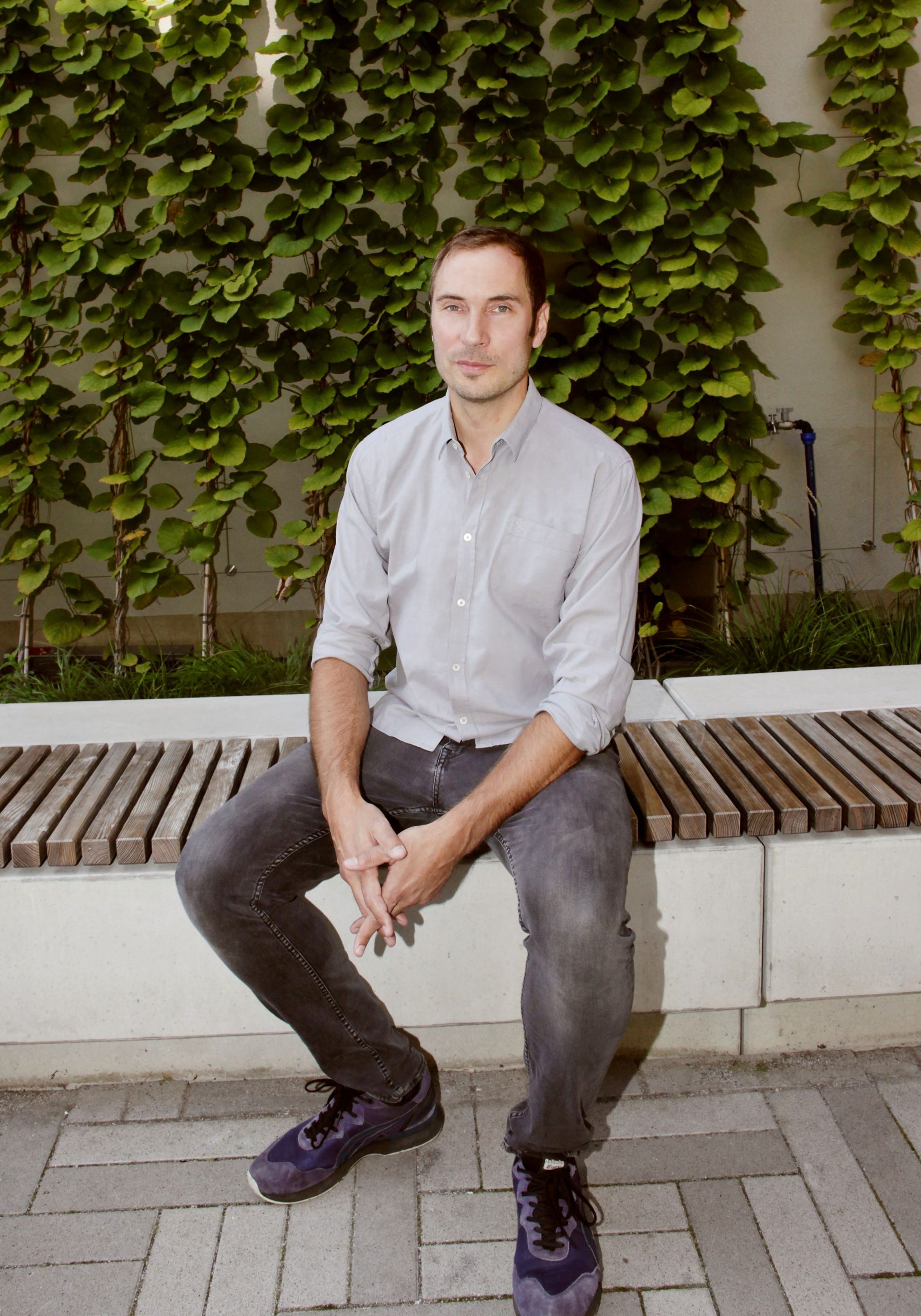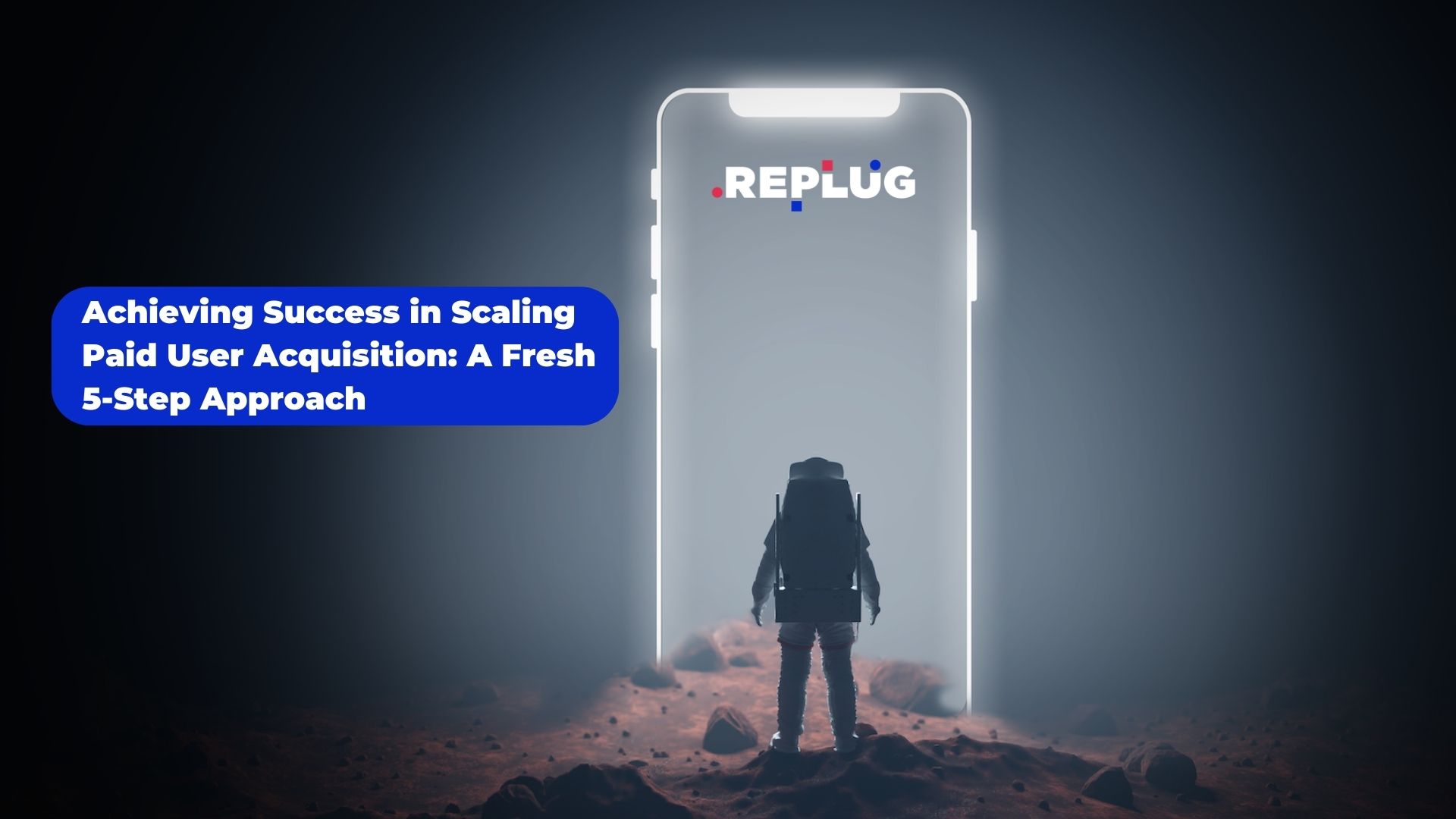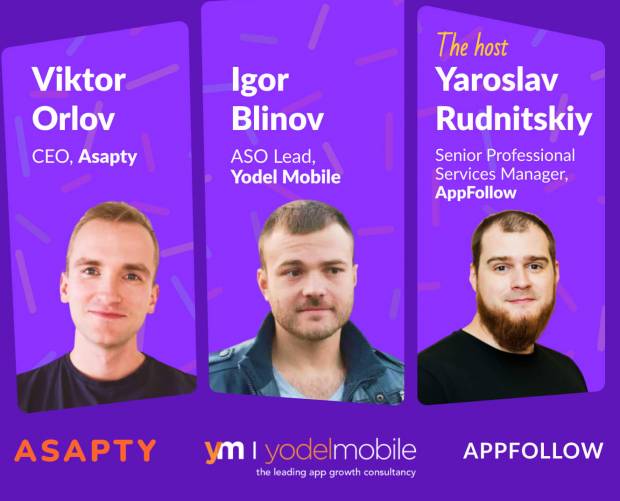Not all creative tech is equally creative
- Wednesday, September 15th, 2021
- Share this article:
Sophie Gunyon, UK sales director at Cavai, says technology can be creative, but that the best creative tech needs the human touch.
 In advertising, creative tech comes in all shapes and sizes. Are we talking about technology that’s designed for a creative purpose? Or tech that works so well that it enables you to be more creative? Or is it so clever that you don’t need to be creative at all, because the tech knows how to make you look good?
In advertising, creative tech comes in all shapes and sizes. Are we talking about technology that’s designed for a creative purpose? Or tech that works so well that it enables you to be more creative? Or is it so clever that you don’t need to be creative at all, because the tech knows how to make you look good?
Sometimes, the term might describe something as simple as a format that lets you create a nice-looking rich media ad. You drag your repurposed content, you drop it; hey presto, creative tech – sort of.
There’s nothing necessarily wrong with technology that does any of those things, but when every tech company wants you to know that their tech is the creative kind, it’s more important than ever to be clear about where the tech ends and the creative begins.
Tech and the human element
Even within a single branch of marketing, the ratio of tech to creativity can vary widely. In conversational advertising, the promise any provider makes a brand is usually the same: a personalised, dialogue-driven experience designed to engage and qualify consumers in a way that a display ad never could.
But if your creative tech supplier is basically just giving you a chatbot, the chances are you’re getting some pretty standard tech and very little creativity. Chatbots might be fine for customer support, but they don’t have the sophistication to grab a person’s attention, like the best advertising has always done.
Conversational advertising that really works needs technology, of course, but it must also incorporate genuine creativity of the old-fashioned, human kind. This is how we define creative tech in our own conversational advertising: smart technology that uses bespoke creative assets, made by real people.
Designing a conversation
Imagine a conversation in the real world: we size up the person we’re talking to, adopt an appropriate tone – maybe formal, maybe casual, maybe somewhere in between – and then say the right things, in the right order, to lead the dialogue in the right direction for both of us. Bungle any one of those and the conversation probably won’t be a successful one.
Conversational advertising obeys the same rules, combined with a mobile-inspired sensibility based on the brief, efficient, witty ways we communicate in messaging apps and social media.
That’s why it requires real-world creativity. If we’re trying to capture the nuance of modern human communication, we need humans to design it, with the brand, the consumer, the medium and the specific marketing purpose in mind. So in today’s advertising world, the conversation design we have pioneered is a legitimate – and highly skilled – creative discipline.
“Essentially, when you are designing, you are thinking about it in a human sense,” says Gabrielle D’Mello, Senior Creative at Cavai. “It should feel like you are talking to someone, it should feel very natural. This is why our copy is short and snappy – because that is how people message each other.
“You need to get in the mindset of the brand, and the person as well. You design a decision tree so that it gets to the people it needs to, so that it’s meaningful and engaging. What would they want to know? What tone of voice do you use to talk to them? Is it a standard conversation, or do you use animation or a prize format or emojis? It has to be something the user will relate to and remember.”
Be intriguing, don’t just shout
Conversational advertising doesn’t simply shout at consumers like a display ad. If it’s going to work, it needs to intrigue them and reel them in. It can’t even necessarily require them to type – most of us don’t want to type while we’re nosing around on the web. So the conversation we design needs to bear the whole burden of the interaction, carrying the consumer through the conversation without the need to do much more than click.
Traditionally, much digital advertising has been built on repurposed creative assets, but for brands to bring out the real potential of digital media, it requires more than clever technology and borrowed creative – it needs assets that are built for the purpose.
Clearly the tech that enables all this needs to be creative in its own right – most technology is creative in some way. But when we talk about creative tech, we mean more than that.
Just as it took copywriters and art directors to turn newspaper space into advertising; just as broadcast media needed visionary directors and creatives to create TV ads; digital advertising needs technology and it needs real creativity, and in conversational ads you can truly see both working together.
















